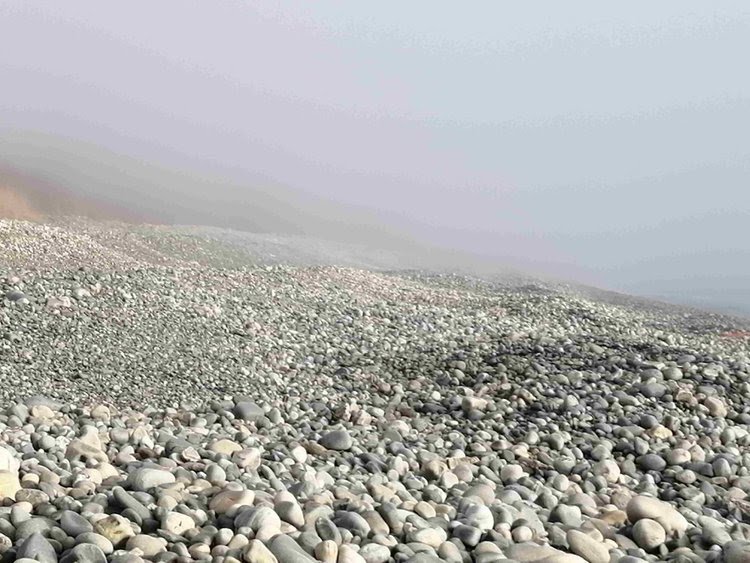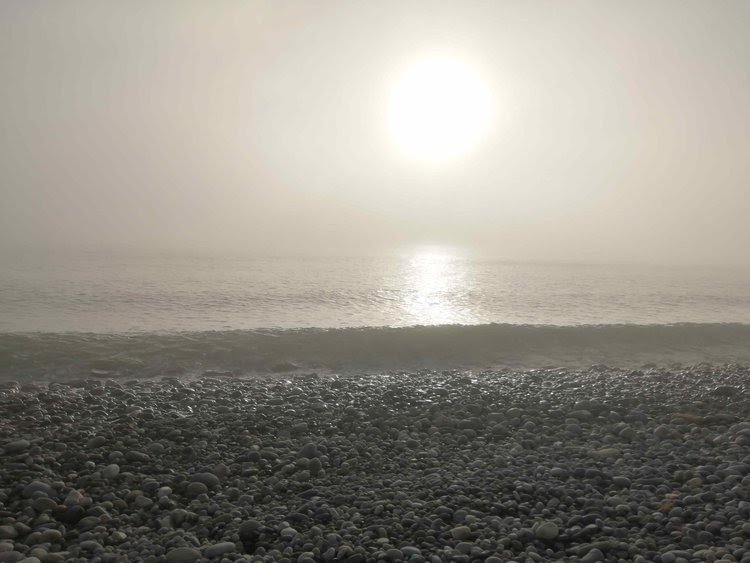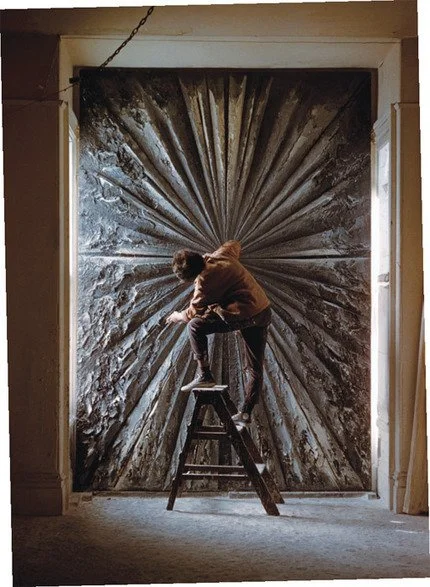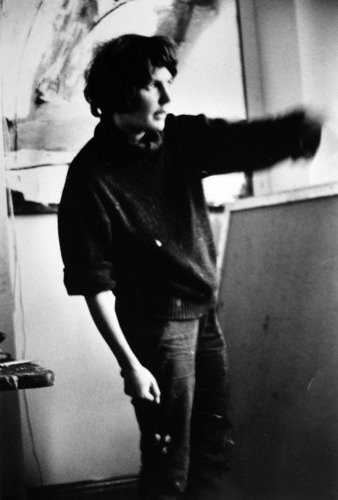From 3rd April 2022 newsletter - Drawn to nature
Here on Friday morning in South-West Wales, we woke up with melted, hardened, snowy hail. Crunchy under foot, the school run brought back memories of Scottish winters driving through creaky snow laden roads.
I grew up in the Scottish Highlands, in an area of rich soils and deciduous forests, between the foothills of the Cairngorm mountains and the sea. For some years I spent every weekend during winter with the Cairngorm ski club; season pass strapped to my arm, balaklava and hat pulled high to protect my face from the often fierce and bitter weather. In fact, lunchtimes were regularly spent thawing out our gloves and balaclavas under hand driers whilst eating squished semi-frozen egg sandwiches.
However, when the weather was clear and dry, it felt like the most beautiful place in the world. More corries than peaks, deep and snow covered, it was a place where you looked down rather than across or up.
Infact, the Scots don’t call their hills mountains, they’re hills. I think there’s a modesty to it, they aren’t towering and grand like the Alps. Yet within this modesty belies an awe. They are awesome in the true sense of the word and having spent some time away now from both Cairngorm and Nevis Range, on occasion to return I have been humbly brought to a standstill.














